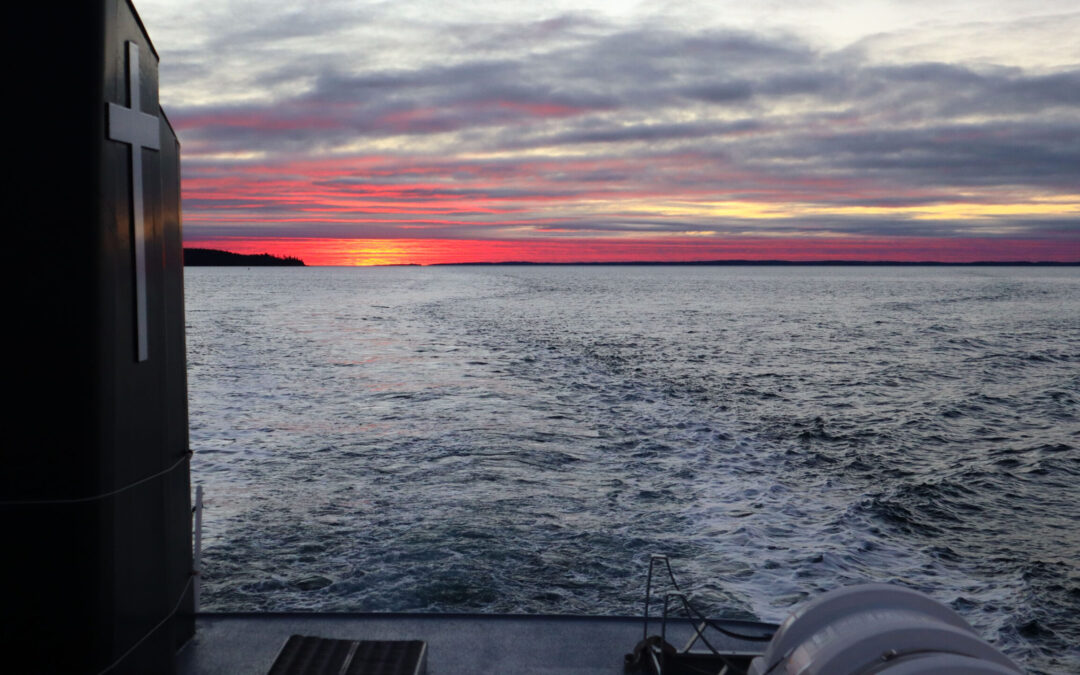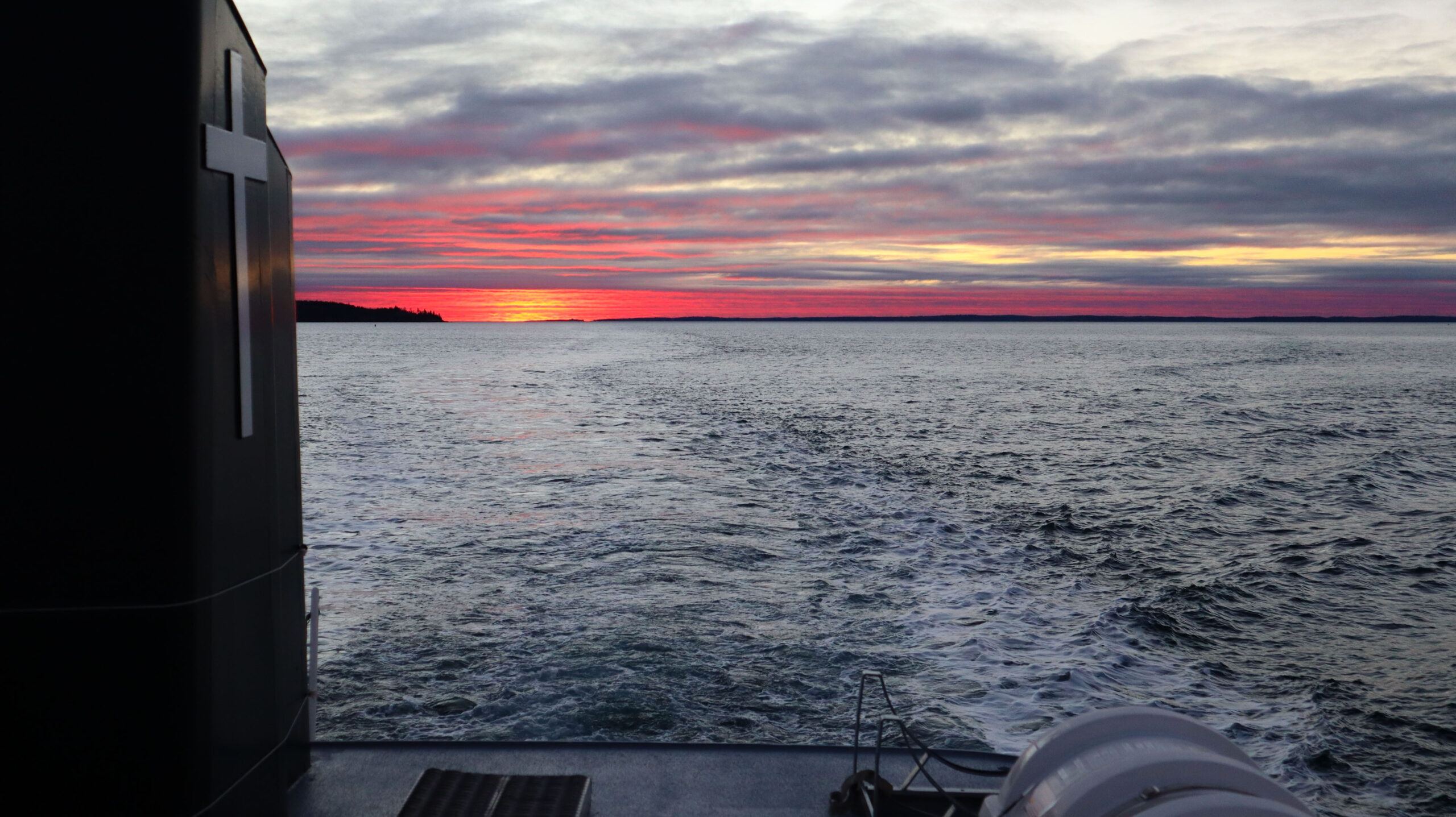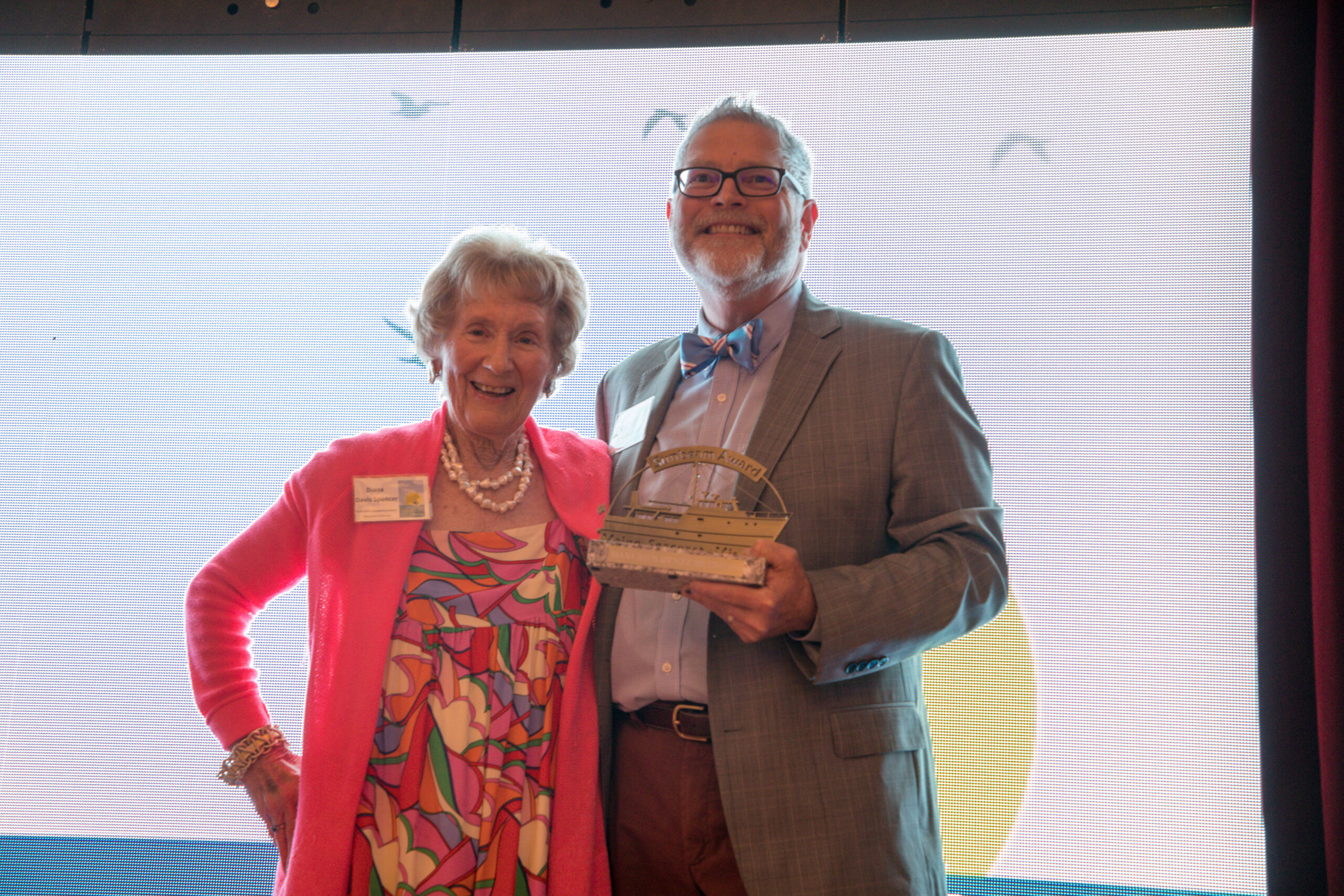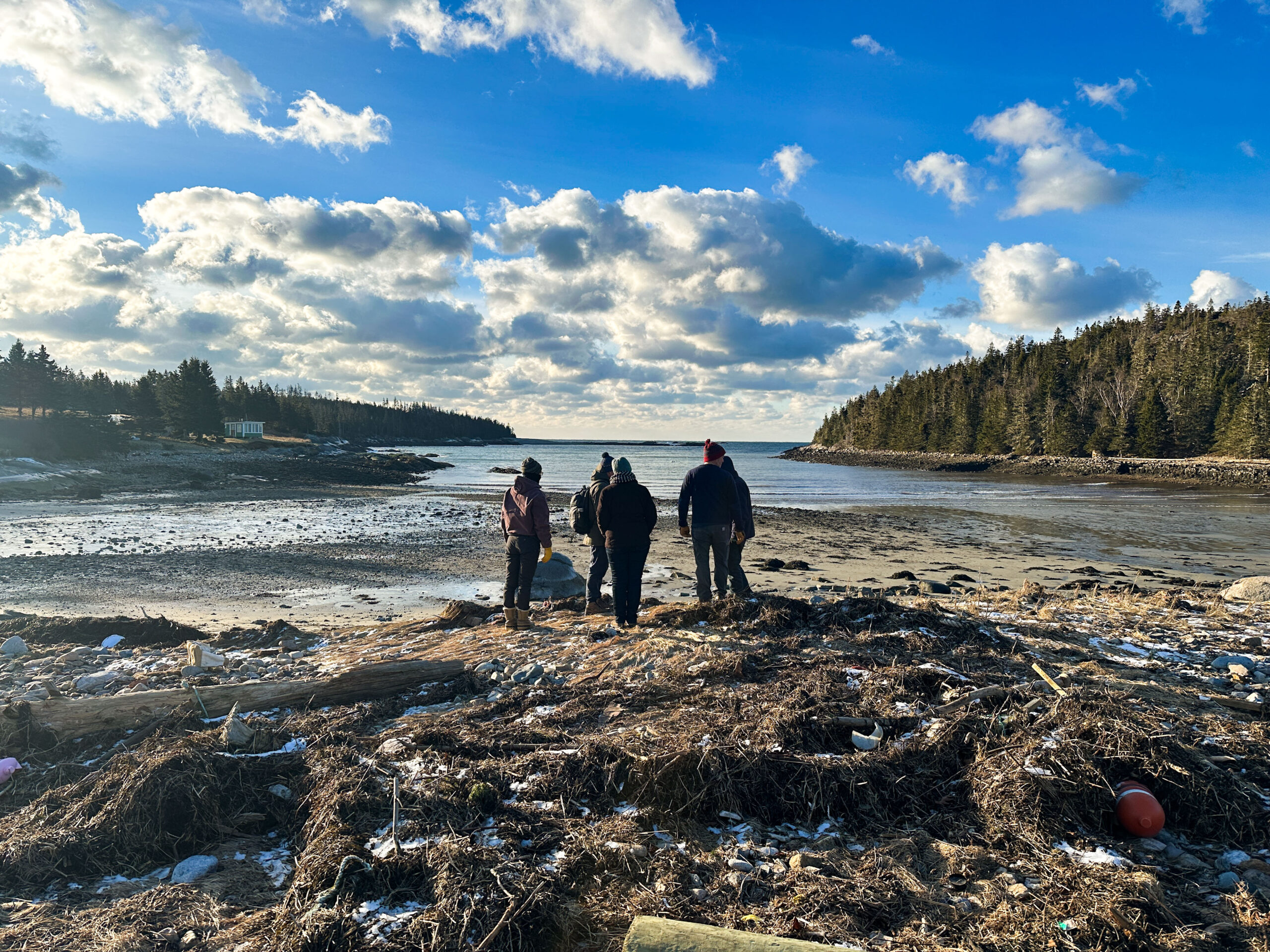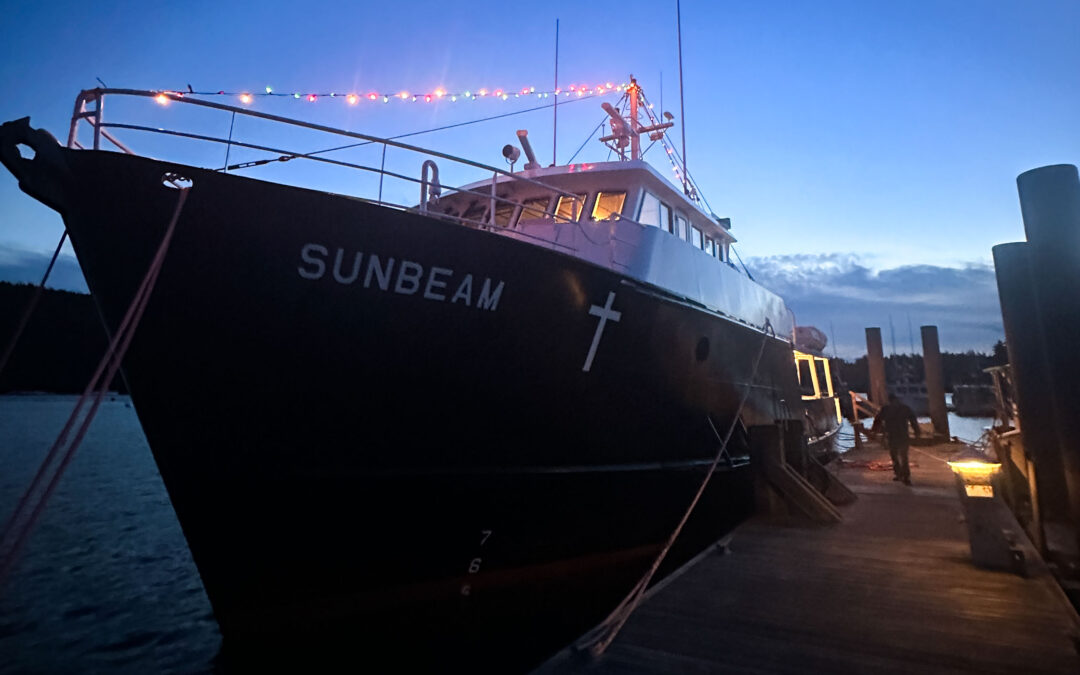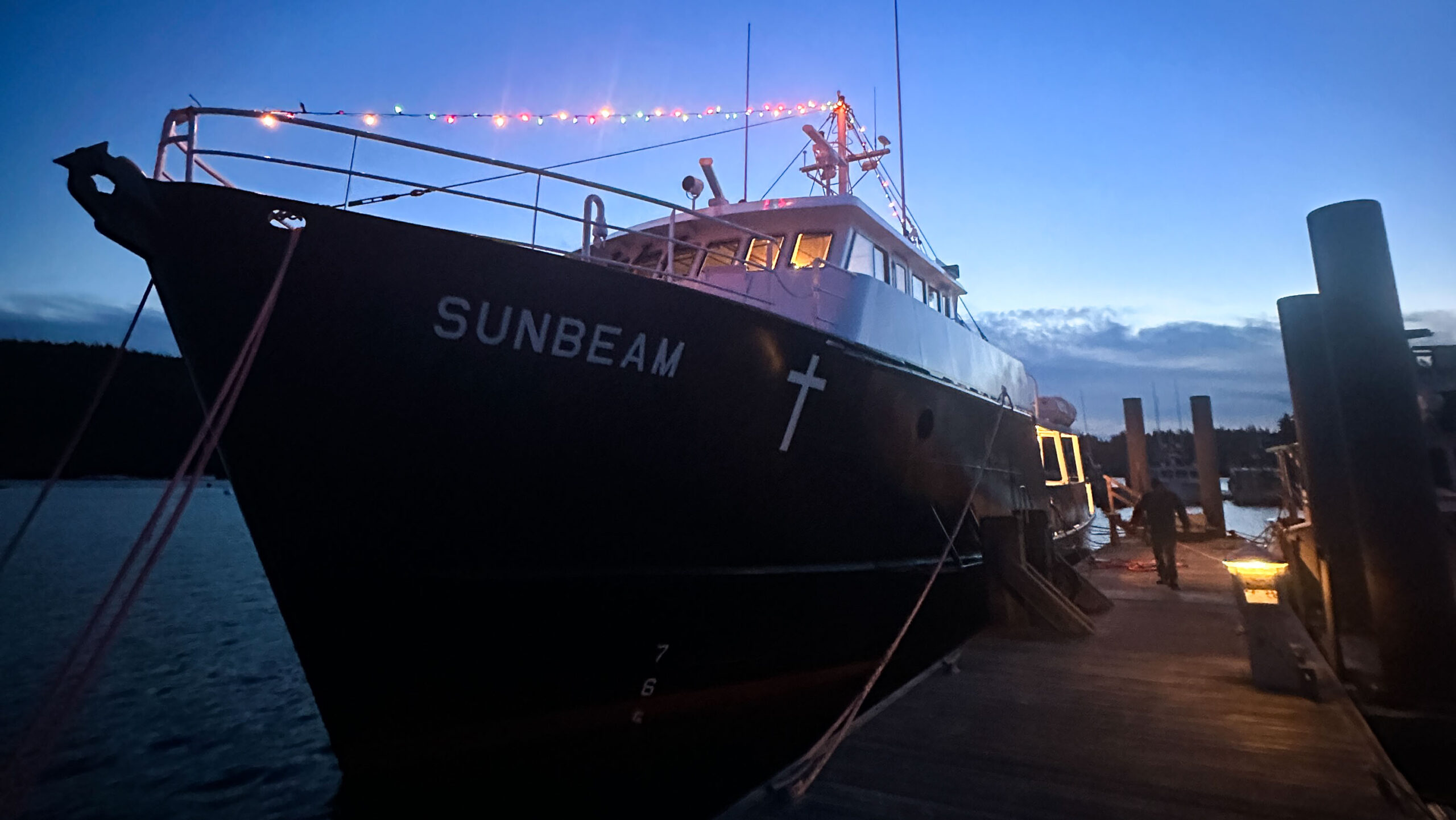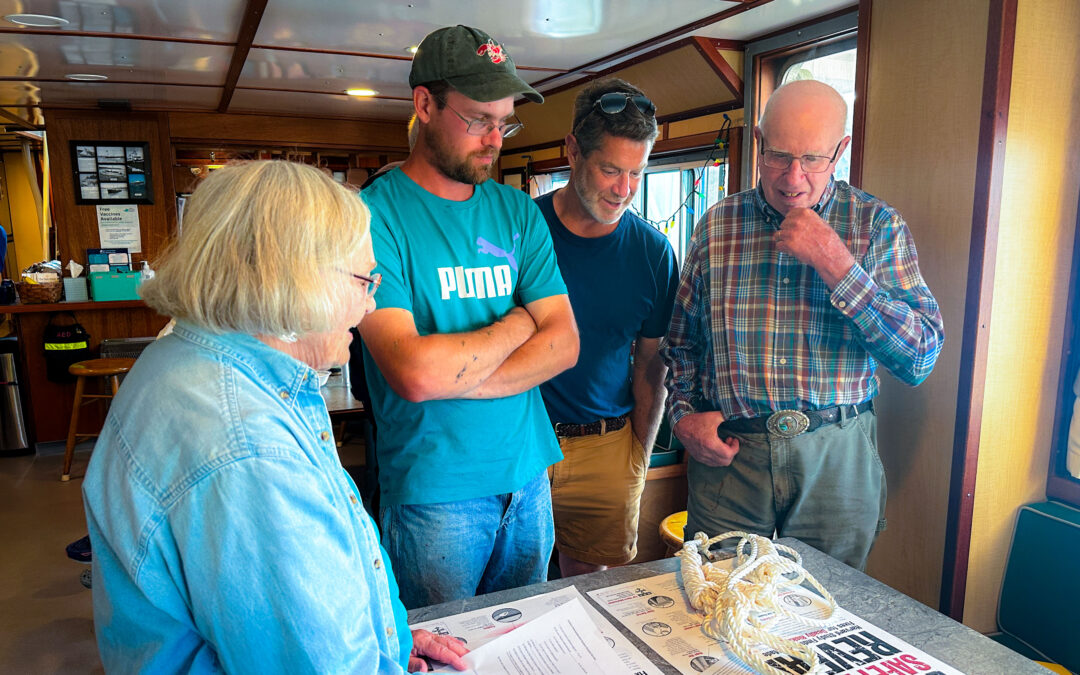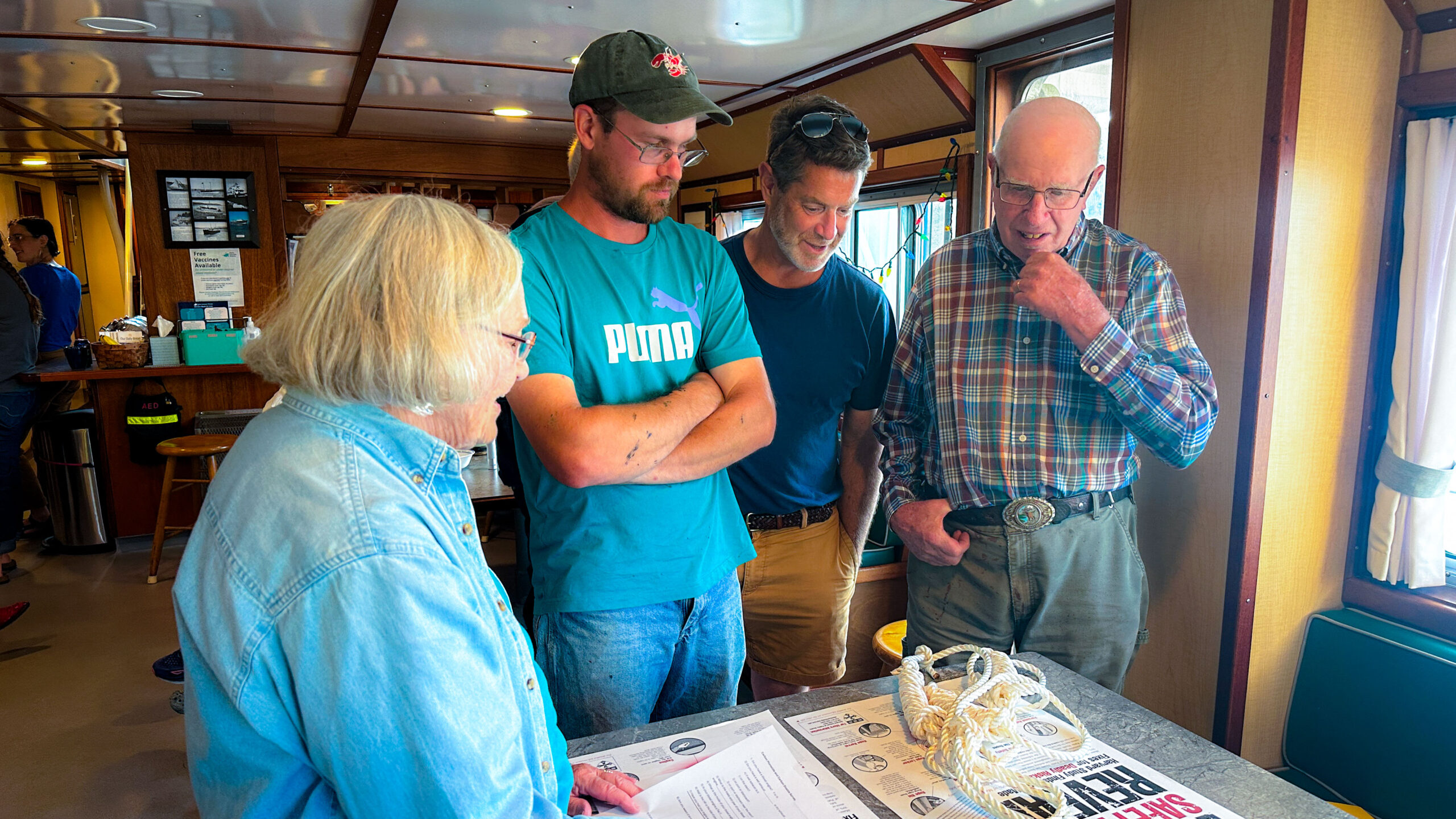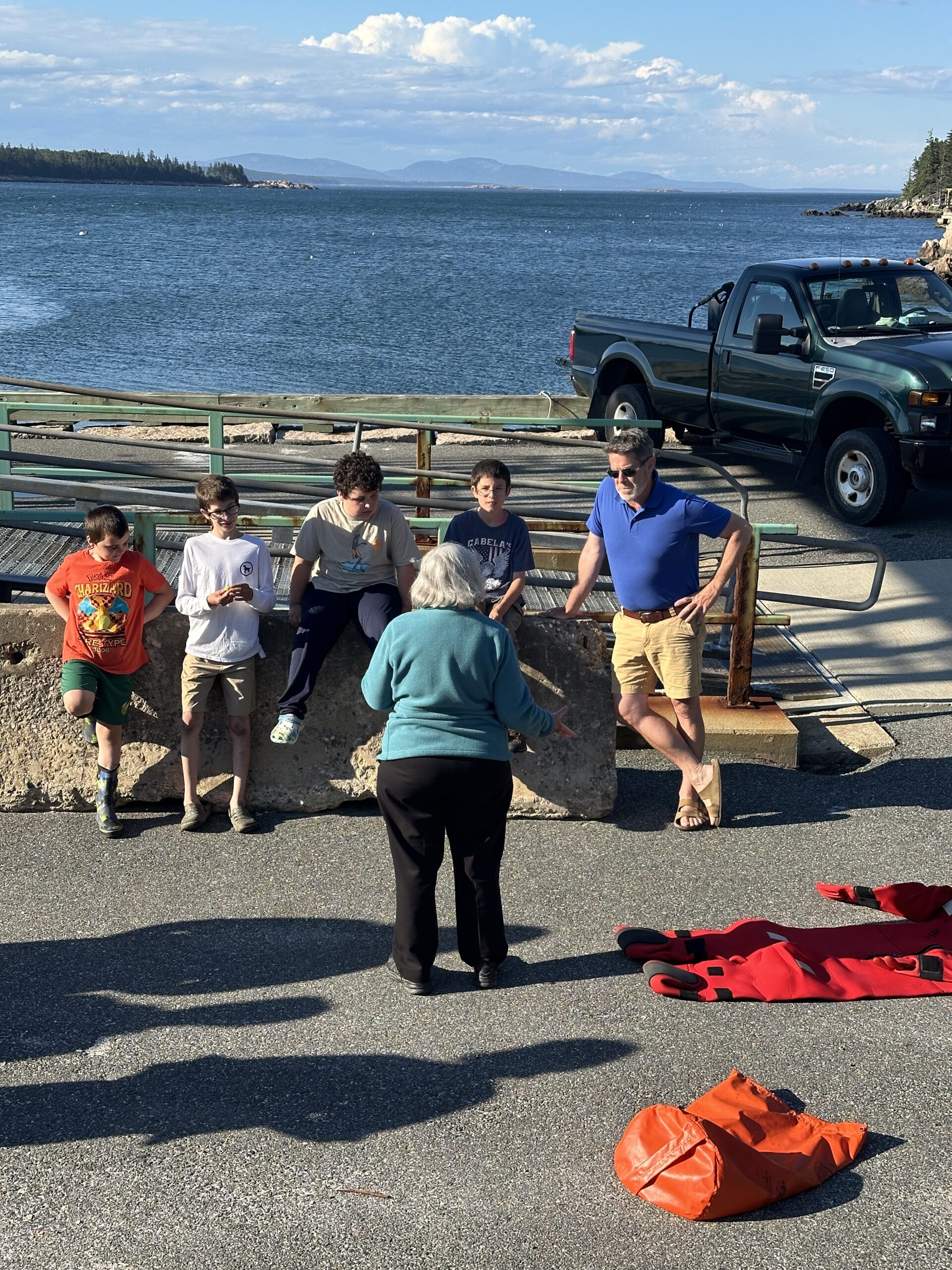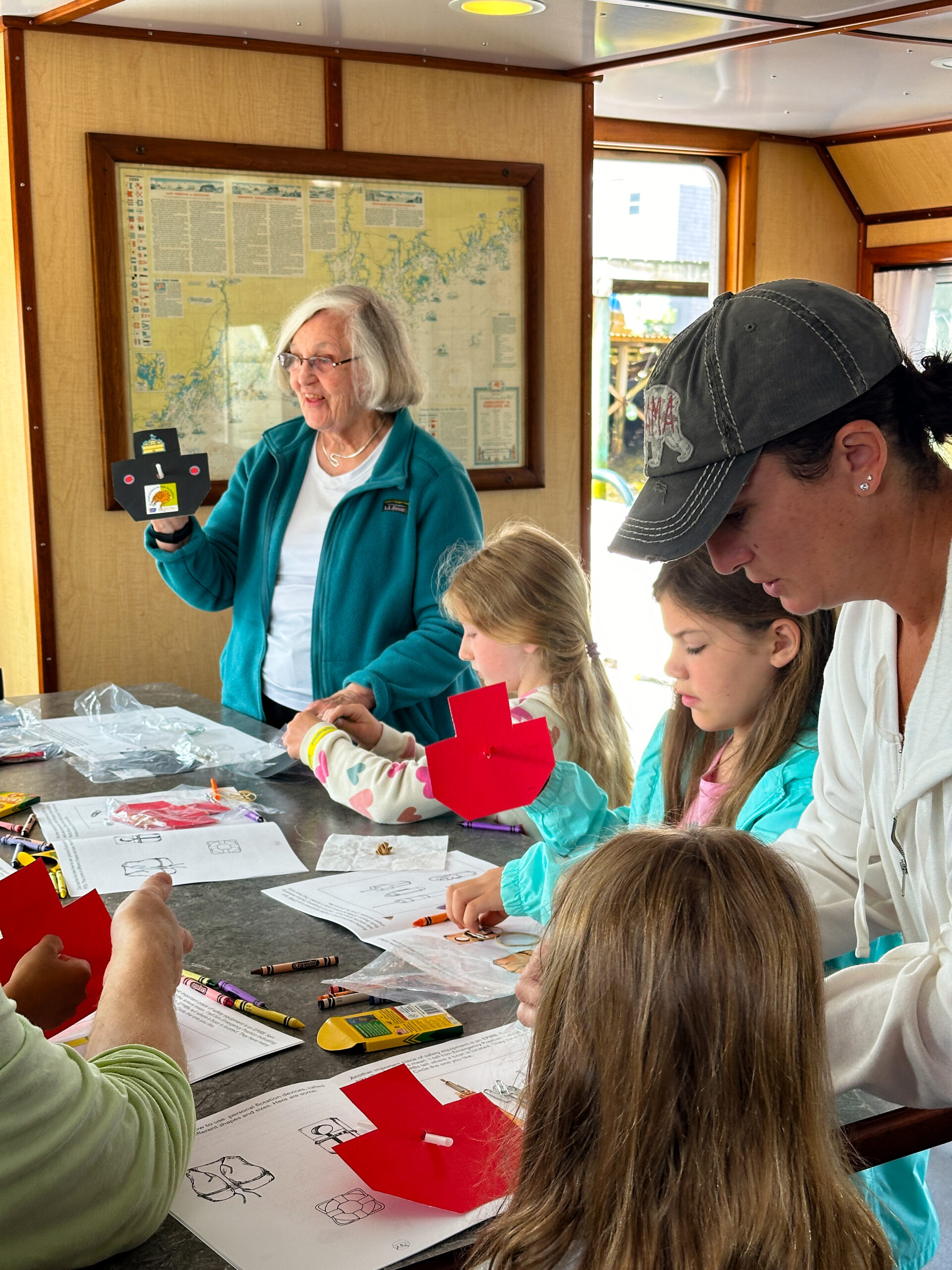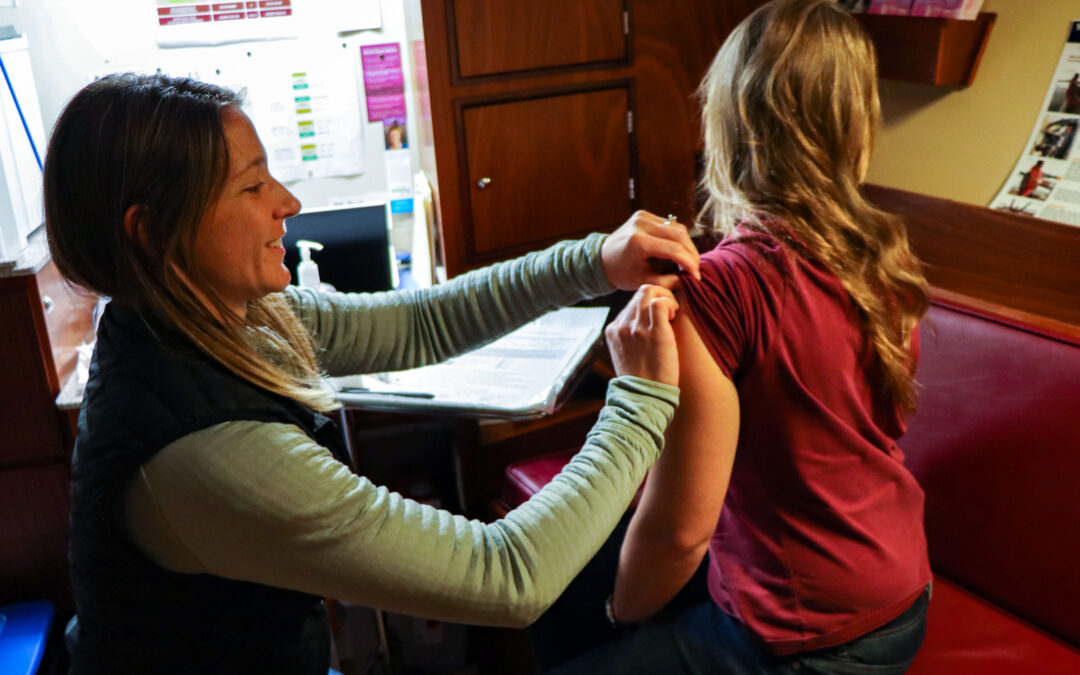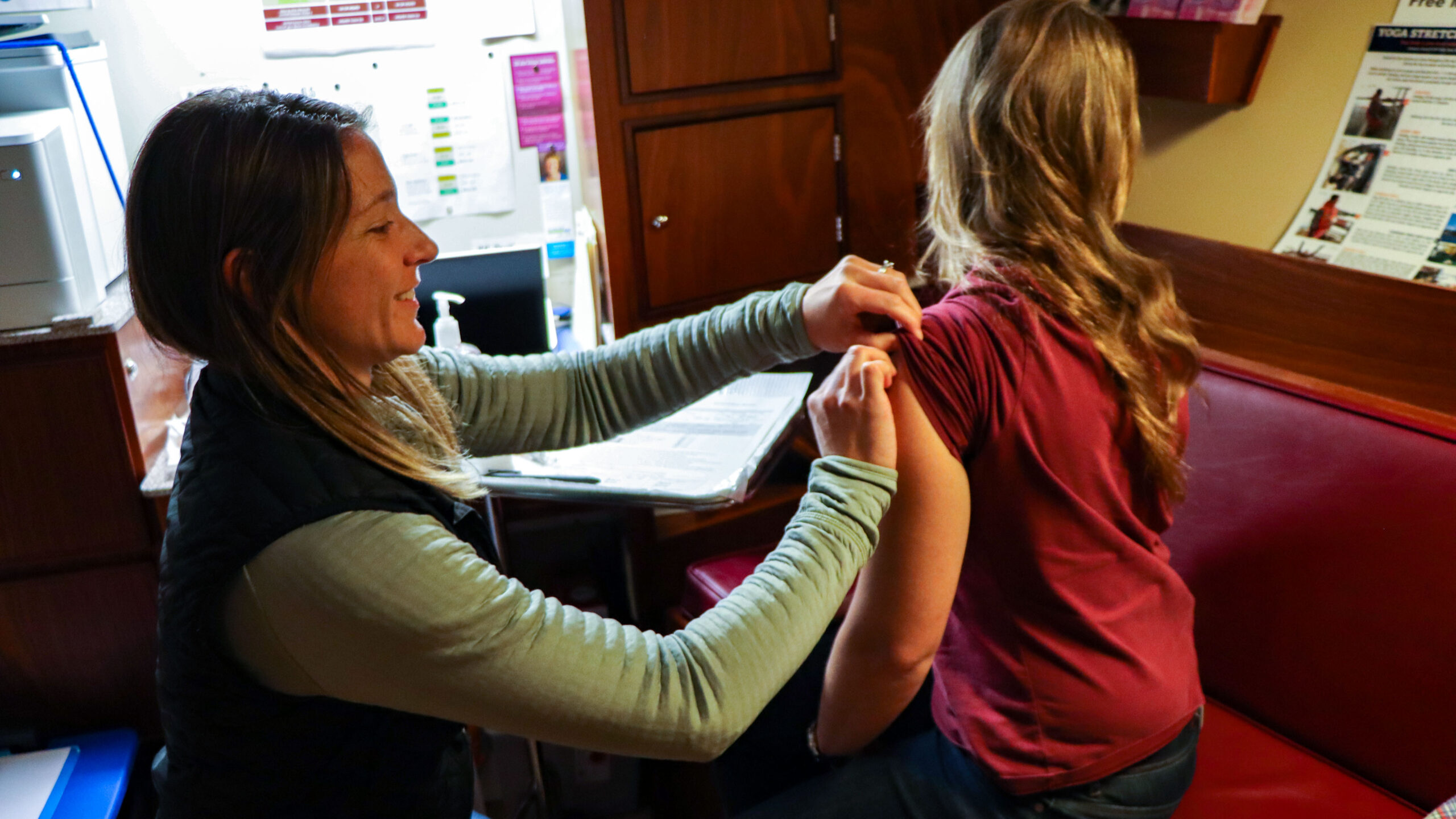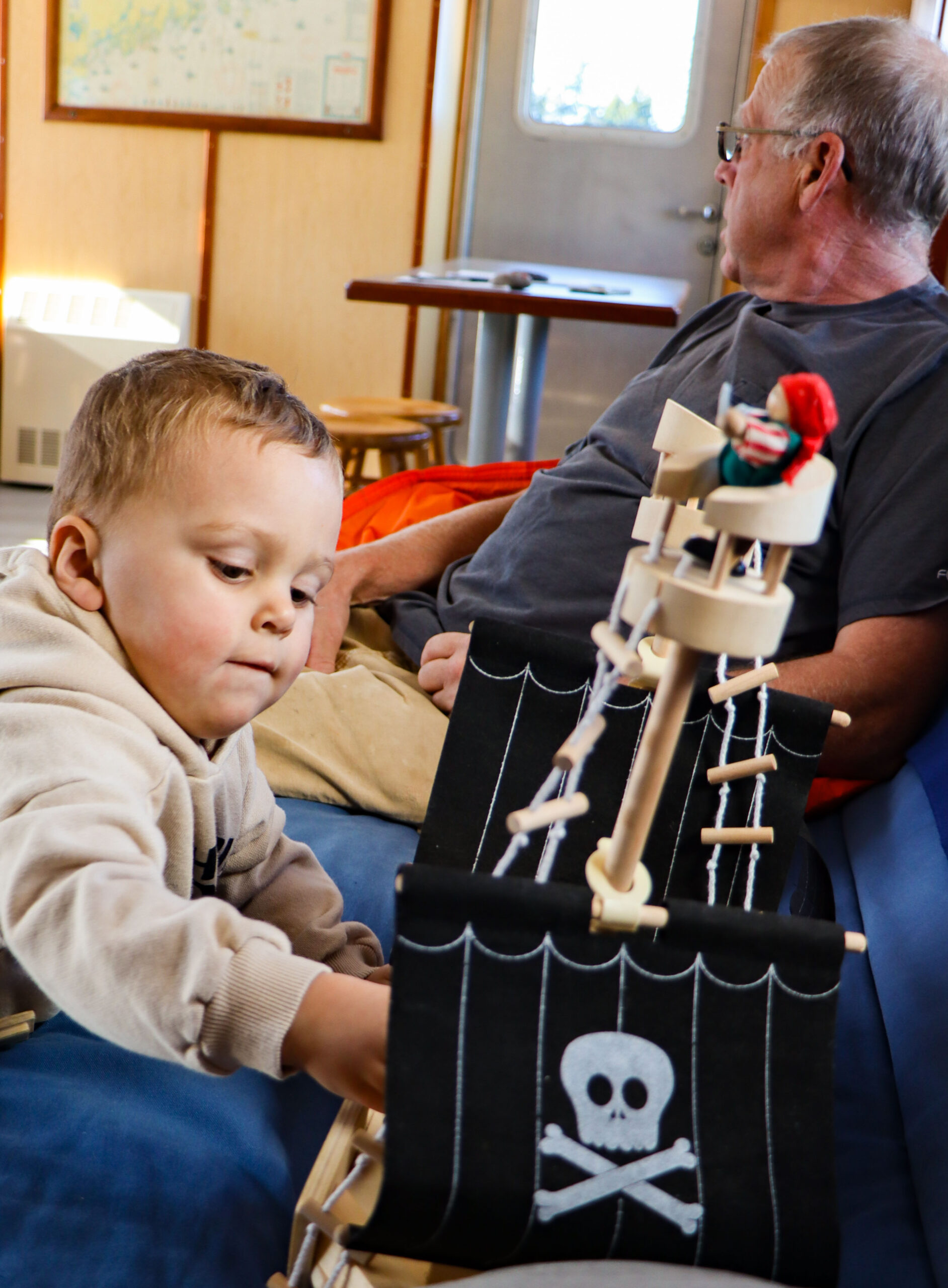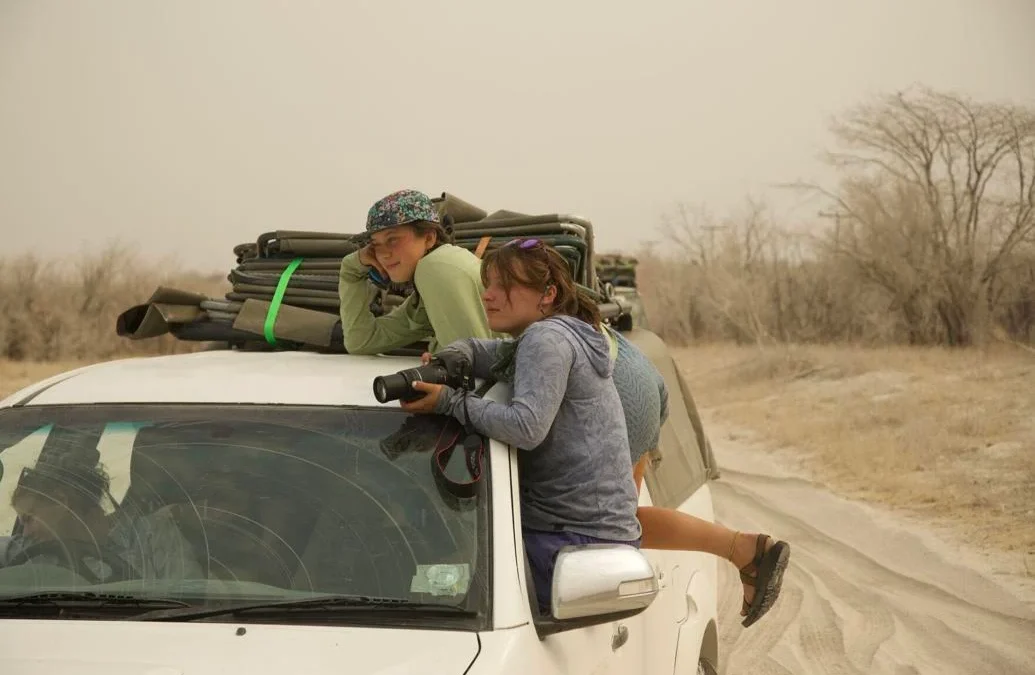
Scholarship Application Period Opens for Students Pursuing Higher Education
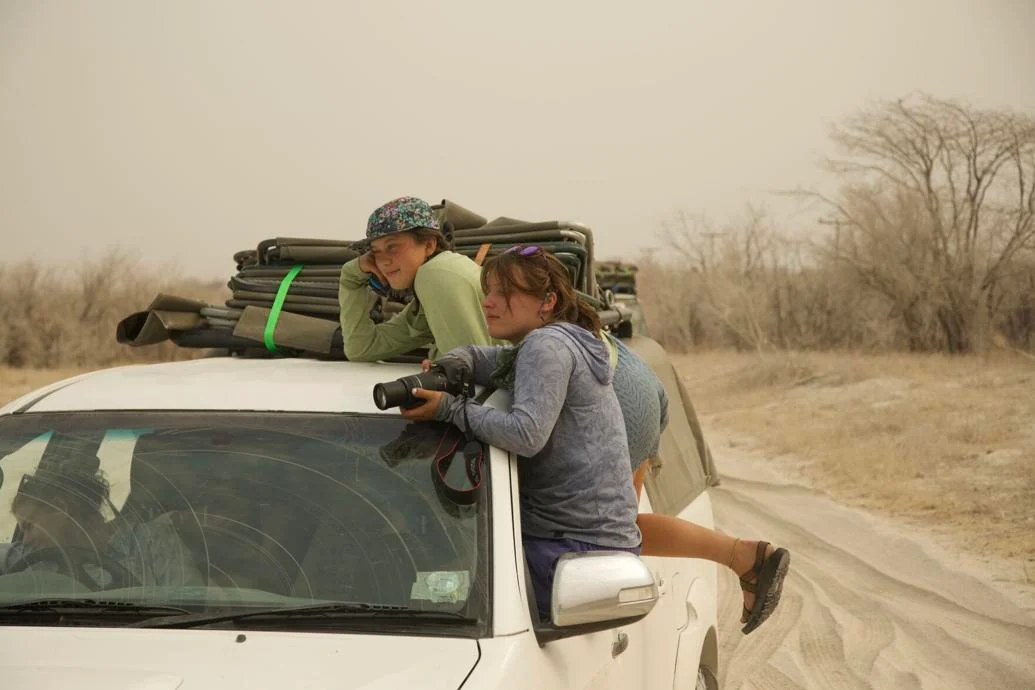
The Mission is accepting scholarship applications for the 2025-2026 academic year starting Wednesday, January 1. Applications can be submitted until Saturday, March 1. Mission Scholarships are open to graduating high school seniors, and adults who have completed the HiSET or GED, who live in Washington County, Hancock County, or on a Maine outer island served by the Mission. The Mission’s scholarships are available for individuals entering trade, technical, two and four-year colleges.
Your gift to the Maine Seacoast Mission makes you part of all we do.
While many scholarships disperse a one-time award payment, the Mission’s Scholarships program offers a renewable or recurring scholarship that distributes funds to a student over several years. This could be the length of time expected to complete a degree or certificate, or for a specific period dictated by the scholarship.
Each year approximately 20 new scholarships are awarded to students based on not only their academic achievements, but also because of the students’ commitments to their communities, perseverance, and future aspirations. Because our scholarships can be renewed for multiple years, the Mission has nearly 100 active Scholars in any given year.
The first Mission scholarship was awarded in 1911. Today, more than 3,000 students have received scholarships to support their college and career aspirations. Last year, 92 Scholars received $224,500 in scholarships to study biology, nursing, social work, psychology, and engineering among other areas. Scholars are enrolled at colleges including Husson University, University of Maine, University of Southern Maine, Bowdoin College, Southern Maine Community College, Central Maine Community College, Connecticut College, Wentworth Institute of Technology, Dartmouth College, Wheaton College, New York University, and more.
The Mission has also partnered with the Shelby Cullom Davis Charitable Fund to offer the Davis Maine Scholarship. This scholarship offers full, renewable, four-year scholarships for first-generation college students at three Davis Maine partner colleges. This application process is separate from that of the Mission’s Scholarships, with high school juniors being invited to apply in March.
In addition to offering financial support, the Mission provides guidance throughout each Scholar’s transition to college and during their academic career. EdGE Secondary and Post-Secondary Program Director Christy Oliveri adds, “The Mission offers regular workshops for our Scholars once they enter college, on topics ranging from time management to graduate school.”
The application period is open for new Scholarships Scholars from January 1, 2025 to March 1, 2025.
For inquiries about Scholarships, email [email protected] or call (207) 546-5852.

